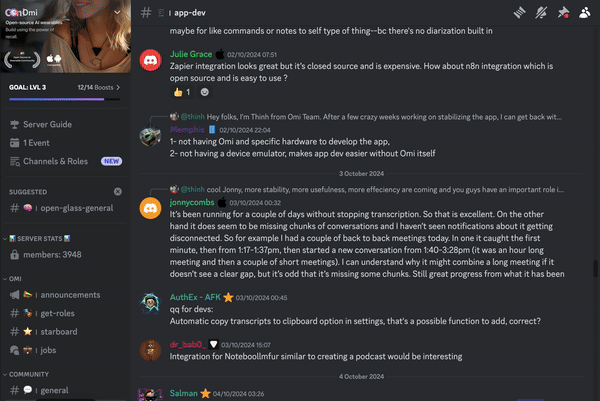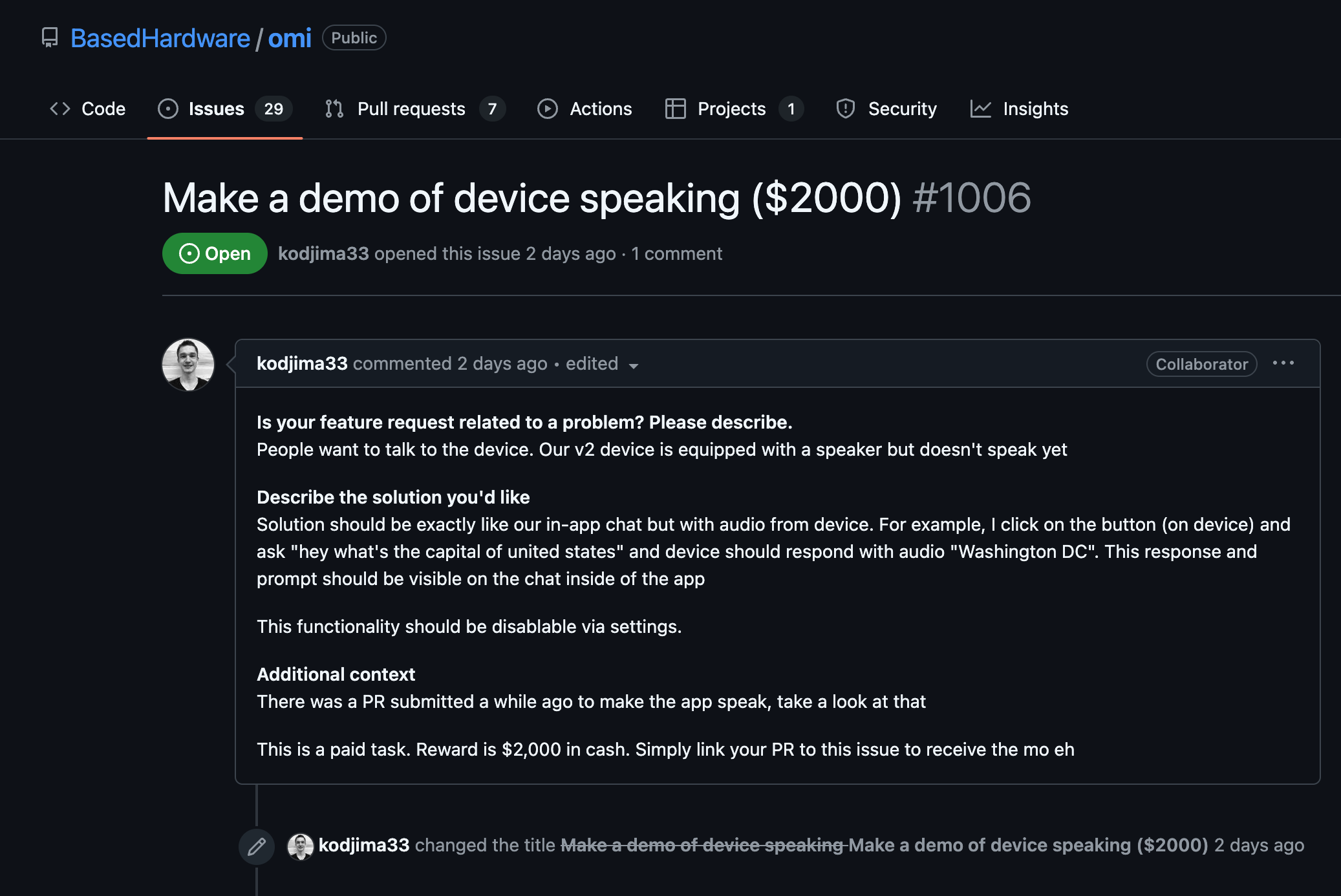Prerequisites
- Ensure you have Node.js and npm installed on your machine. You can check by running
node -v and npm -v in your terminal.
- You should have your Mailgun account configured with at least one domain. This will provide the API key and API base URL needed to interact with the Mailgun API.
Installing Required Packages
- Use the following npm command to install the Mailgun.js and form-data packages:
npm install @mailgun/mailgun-js form-data
Set Up Environment Variables
- For security reasons, never hard-code your API keys. Instead, use environment variables to store sensitive information like API keys.
- Create a
.env file in your project root and add the following:
MAILGUN_API_KEY=your-mailgun-api-key
MAILGUN_DOMAIN=your-mailgun-domain
Loading Environment Variables
- Install the
dotenv package to load environment variables:
npm install dotenv
- Require and configure dotenv in your main application file (e.g.,
app.js):
require('dotenv').config();
Initializing Mailgun
- Import the Mailgun package and initialize it with your API key and domain, like so:
const mailgun = require('@mailgun/mailgun-js');
const mg = mailgun({ apiKey: process.env.MAILGUN_API_KEY, domain: process.env.MAILGUN_DOMAIN });
Sending an Email
- Create a function to send an email using the
mg.messages().send() method:
const data = {
from: 'Excited User <me@samples.mailgun.org>',
to: 'bar@example.com, YOU@YOUR_DOMAIN_NAME',
subject: 'Hello',
text: 'Testing some Mailgun awesomeness!'
};
mg.messages().send(data, (error, body) => {
if (error) {
console.error('Error:', error);
} else {
console.log('Email sent:', body);
}
});
Advanced Configurations
- Mailgun allows using templates, attachments, and more. For example, to add an attachment, you can extend the
data object to include the attachment property:
const data = {
from: 'Excited User <me@samples.mailgun.org>',
to: 'bar@example.com, YOU@YOUR_DOMAIN_NAME',
subject: 'Hello',
text: 'Testing some Mailgun awesomeness!',
attachment: 'path/to/file.pdf'
};
- Consult the Mailgun documentation for more advanced usage scenarios, such as batch sending, managing mailing lists, and tracking opens and clicks.
Error Handling and Logging
- Implement error handling by checking the error object returned in the callback function. Log errors appropriately for debugging and maintenance purposes.
- Consider integrating logging libraries like
winston or morgan for systematic and structured logging.
Security Best Practices
- Always ensure that your server environment and Node.js packages are up-to-date to prevent vulnerabilities.
- Never expose your Mailgun API keys publicly. Ensure they are secured in environment variables or a secure secrets manager.
By following these detailed steps, you can effectively integrate the Mailgun API to send emails within your Node.js application, leveraging its advanced features for a more versatile email-sending capability.























